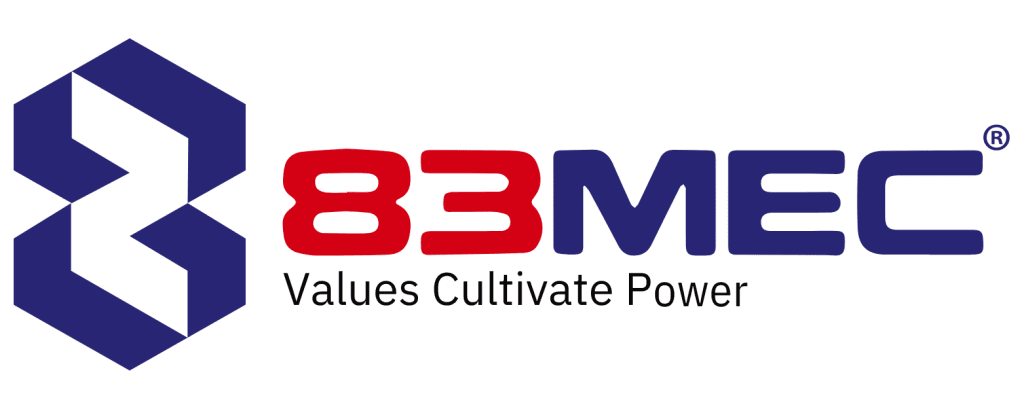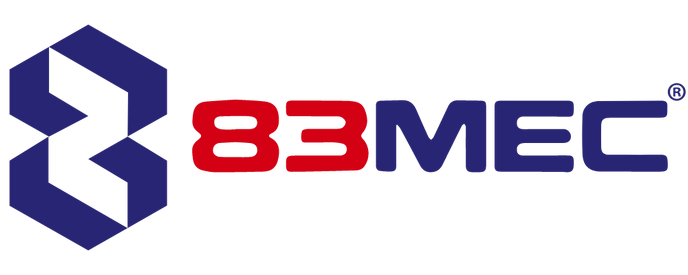- The concept of precision in CNC machining
Referring to CNC machining, we often use the word “accuracy” as a core factor to show this process’s machining efficiency. So what is the accuracy?
Precision in CNC precision machining is the degree of similarity almost entirely in terms of size, shape, and relative position of the machine part to be machined with the whole machine part on the technical drawing. In general, the accuracy of machined parts is considered a difficult and time-consuming criterion for the engineer in designing technical drawings and in the actual manufacturing process. However, there are still errors in the machining process, but within the allowed range because it is impossible to manufacture machine parts with absolute accuracy in terms of geometry and dimensions compared to the values of the specifications in the blueprint. Accuracy is assessed through the difference between the workpiece and the original design.
- Criteria for assessing accuracy in CNC machining at 83MEC
a. Size
- Dimensional accuracy is evaluated based on the actual size error from the design dimension in the drawing, and the evaluation range must be within the tolerance of that dimension.
b. Geometric shape
- Geometric accuracy is the degree of compatibility of the actual workpiece with its ideal geometry in the design drawings.
c. Relative position
- The relative position accuracy is evaluated based on the error of rotation or displacement between one surface and the other (the reference surface) in two perpendicular coordinate planes and recorded in the table, that detailed drawings of technical conditions such as parallelism, concentricity, perpendicularity, and symmetry.
d. Allowance ranges of precision machining methods
- Error-values that appear irregularly are also known as random errors.
- Accuracy level is specified in numbers from low to high according to the degree of dimensional accuracy.
- TCVN and ISO divide into 20 accuracy levels numbered in order of decreasing accuracy 01,0,1,2,…,19,20. Details are as follows:
+ Super Accuracy Level: level 01 ÷ level 1
+ High accuracy class: level 2 ÷ level 5. This precision grade is mainly used for precision measuring parts and instruments.
+ Normal accuracy class: level 6 ÷ level 11 and is applied in assessing the accuracy of machine part joints.
+ Low precision level: level 12 ÷ level 18 and used for free dimensions.
3. What method does the 83MEC use to evaluate accuracy in CNC machining?
For the product to meet the customer’s processing specifications, 83MEC has used flexible methods to assess the accuracy of manufactured parts. That is specifically expressed as follows:
a. Direct measurement method
The direct measurement method is the determination of the value of a measurement directly according to the index or measurement on the measuring instrument. This method includes absolute direct measurement and direct comparative measurement.
+ Absolute direct measurement is measuring the size of the measuring object, and the value will be displayed directly on the indicator line of the measuring instrument.
+ Comparative direct measurement is used to determine the size error from the reference material.
b. Indirect measurement method
The purpose is to determine the size indirectly through the results of measurements of quantities related to the measurand.
Above are the information and practical applications that 83MEC wants to share with readers. Although it is considered difficult to achieve in machining, modern machinery systems and a team of dedicated and highly specialized engineers have helped 83MEC complete the machining details almost perfectly and ensure the highest quality. Make sure the tolerance is within the allowable range. Proof of that is that 83 MEC has mass-produced and brought qualified products that meet customers’ needs and have been trusted for many years. For more information, please contact info@83mec.com for advice on CNC precision machining services at the most competitive prices.
Contact 83MEC




